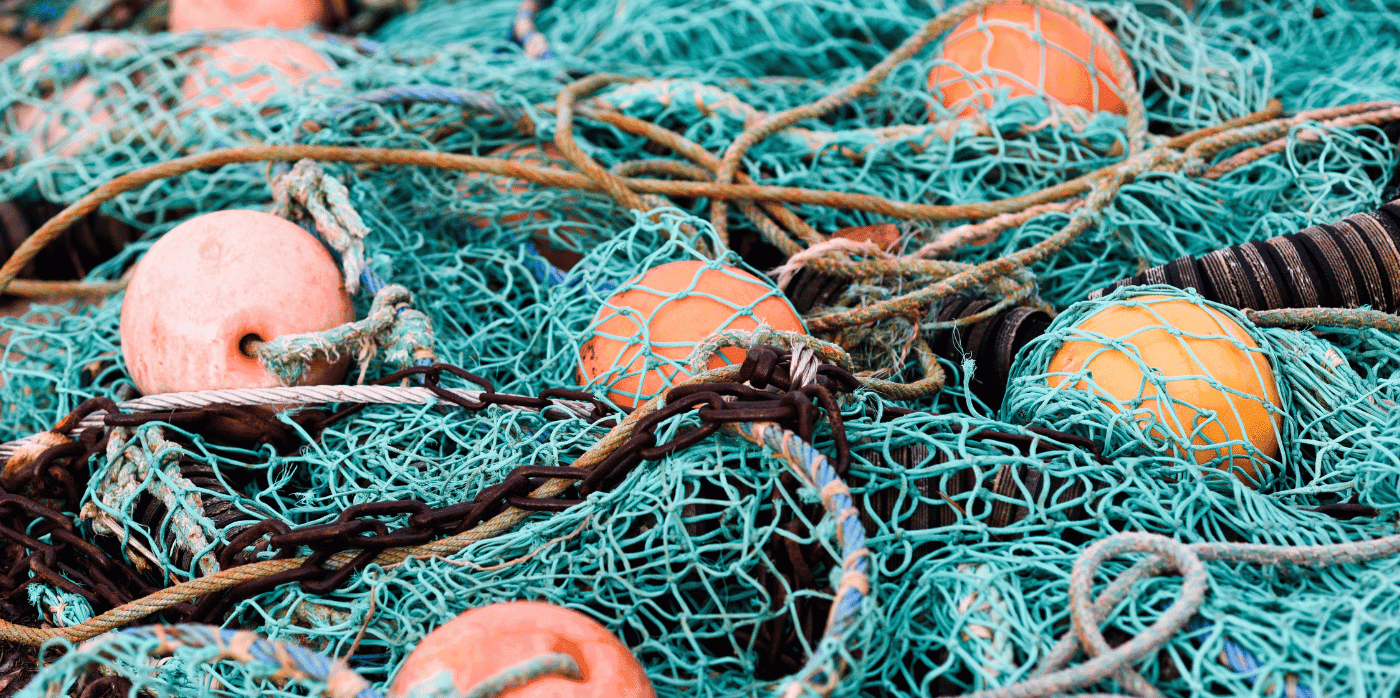
Spotted: Discarded or ‘ghost’ fishing nets are the deadliest form of ocean plastic. Made from long-lasting materials, they continue catching marine life for over 500 years after they enter the ocean according to social enterprise Waterhaul. And a recent study calculated that around two per cent of all fishing gear is lost to the ocean, amounting to 218 square kilometres of trawl nets, 2,963 square kilometres of gillnets, and 75,049 square kilometres of purse seine nets each year.
Waterhaul is tackling this problem by collecting ghost gear and converting it into eyewear. Discarded equipment is collected from rocky and remote coastlines – in Cornwall and elsewhere in England and Wales – that accumulate a lot of plastic and debris. The organisation is also putting in place arrangements to collect used gear in-port, preventing it from entering the sea in the first place.
After the waste material is collected, it is put through a mechanical recycling process to make an injection-mould-ready material that is used in the frames of sunglasses and optical glasses. Different types of net have different properties, and this can be used to Waterhaul’s advantage when designing the products, which are finished with mineral glass, rather than cheap plastic, lenses.
In addition to producing the eyewear, which is marketed both B2B and through a direct-to-consumer model, Waterhaul also makes litter pickers and clean-up kits from discarded nets. These are sent to communities who can use them to conduct their own ocean clean-up projects.
Discarded fishing gear is a major issue, and at Springwise we have previously spotted innovations such as chairs and clothing from discarded nets.
Written By: Matthew Hempstead

